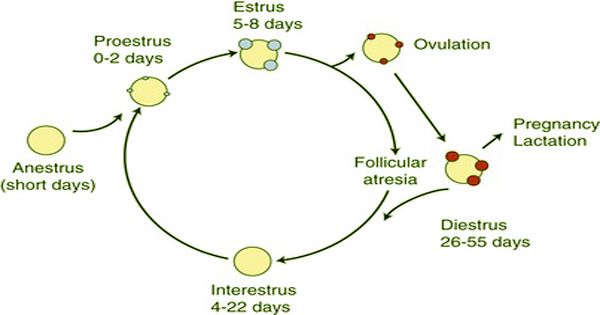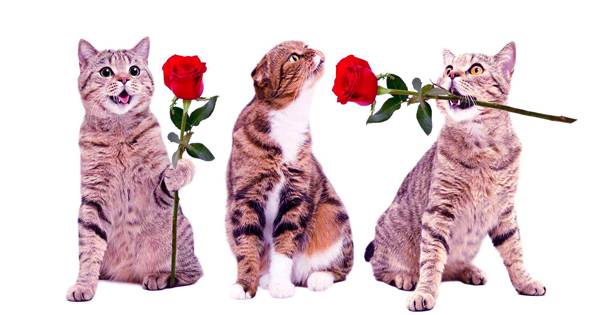Cats have the first estrus cycle when they reach puberty. The estrus cycle is better known as a cat’s heat cycle. The average puberty or sexual maturity in cats first occurs at about six months of age but may vary slightly over the years.
“Estrous cycle is better known as cat heat cycle; Each cycle consists of several stages; The stage called estrus refers to when a woman is sexually acceptable or hot. Cats are polystyrene during the breeding season, which means they have multiple cycles during the breeding season. The breeding season will vary according to geographical and environmental factors such as temperature and number of daylight periods. In the northern hemisphere, cats usually fall from January to the end. Cats that live in more tropical areas or mainly indoors can have cycles throughout the year. Each heat generally lasts
several days with the average length being six days. If the queen (an unsprayed female cat) is not mated during estrus, she will go out of the heat for a short period of time. Therefore, the complete estrous cycle of a cat can range from anywhere
between one to six weeks, with the average cycle length being about three weeks.

The reproductive cycle in cats
It is not uncommon to notice vaginal bleeding from cats in hot weather. The most notable symptom of estrus in cats is behavioral. Most cats become very affectionate, even demanding; They constantly seek attention, constantly rubbing
against their owners (or things like furniture). They roll on the floor. When hit with the back or spine, they raise their back quarters in the air and run with the back foot. They also became very vocal. These behavioral changes often become annoying for owners and sometimes owners feel that their cat has some unusual illness. Some female cats will urinate more frequently or they may spray urine on (marked) vertical objects during heating. Urine contains both pheromones and hormones, both of which serve as an indicator of its reproductive status in cats.
This is why queens attract intact (untrained) male cats in the heat. In some cases, this may be the first indication that a young cat has reached puberty. Tomcats (raw male cats) that have never been seen before in or around your yard. They can spray urine at home to mark the area (and the woman) as their own or try to enter the house to have sex with the woman. The queen can breed at any time in the heat. Cats induce ovulation, which means that the act of breeding stimulates the release of eggs from the ovaries. Most women need three to four matting
over a 24-hour period to ovulate. It only takes a minute or two for cats to mate, and cats can mate more than once in a short time. Queens can mate with different tomcats at this time, so kittens may have different fathers per liter. Once ovulated, the queen will be out of the heat in a day or two. The average gestation period of a cat lasts from 9 weeks (days 3 ) to about 4 to 711 days.
Though it can be stopped. The best way to prevent your cat from becoming pregnant is to perform surgical sterilization (on an ovarian system or spy operation) before its first estrus cycle. Since it is difficult to predict when this first cycle will occur, most veterinarians recommend performing on an ovarian system
when the cat reaches the age of six months.
















